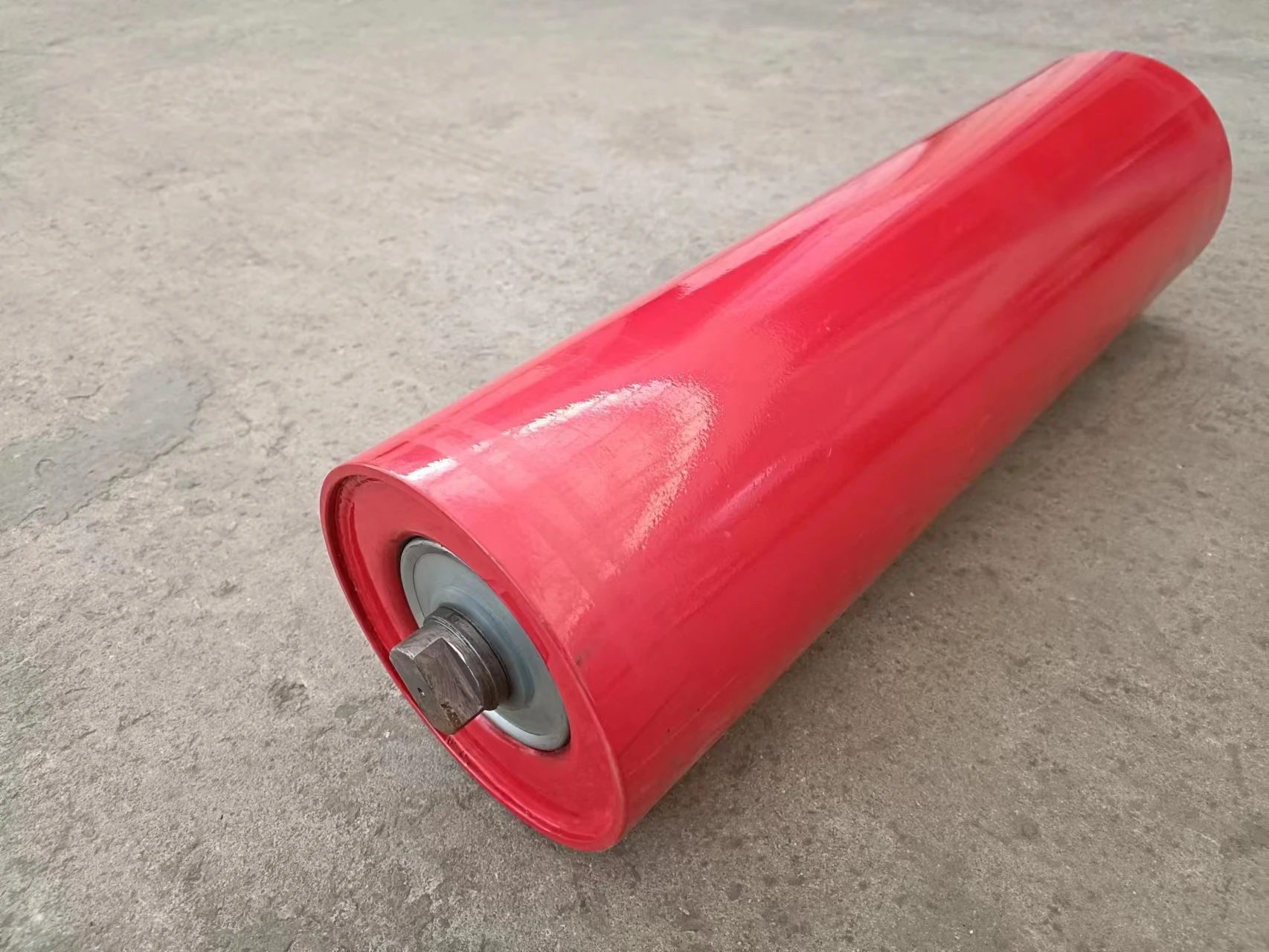 Afrikaans
Afrikaans  Albanian
Albanian  Amharic
Amharic  Arabic
Arabic  Armenian
Armenian  Azerbaijani
Azerbaijani  Basque
Basque  Belarusian
Belarusian  Bengali
Bengali  Bosnian
Bosnian  Bulgarian
Bulgarian  Catalan
Catalan  Cebuano
Cebuano  Corsican
Corsican  Croatian
Croatian  Czech
Czech  Danish
Danish  Dutch
Dutch  English
English  Esperanto
Esperanto  Estonian
Estonian  Finnish
Finnish  French
French  Frisian
Frisian  Galician
Galician  Georgian
Georgian  German
German  Greek
Greek  Gujarati
Gujarati  Haitian Creole
Haitian Creole  hausa
hausa  hawaiian
hawaiian  Hebrew
Hebrew  Hindi
Hindi  Miao
Miao  Hungarian
Hungarian  Icelandic
Icelandic  igbo
igbo  Indonesian
Indonesian  irish
irish  Italian
Italian  Japanese
Japanese  Javanese
Javanese  Kannada
Kannada  kazakh
kazakh  Khmer
Khmer  Rwandese
Rwandese  Korean
Korean  Kurdish
Kurdish  Kyrgyz
Kyrgyz  Lao
Lao  Latin
Latin  Latvian
Latvian  Lithuanian
Lithuanian  Luxembourgish
Luxembourgish  Macedonian
Macedonian  Malgashi
Malgashi  Malay
Malay  Malayalam
Malayalam  Maltese
Maltese  Maori
Maori  Marathi
Marathi  Mongolian
Mongolian  Myanmar
Myanmar  Nepali
Nepali  Norwegian
Norwegian  Norwegian
Norwegian  Occitan
Occitan  Pashto
Pashto  Persian
Persian  Polish
Polish  Portuguese
Portuguese  Punjabi
Punjabi  Romanian
Romanian  Russian
Russian  Samoan
Samoan  Scottish Gaelic
Scottish Gaelic  Serbian
Serbian  Sesotho
Sesotho  Shona
Shona  Sindhi
Sindhi  Sinhala
Sinhala  Slovak
Slovak  Slovenian
Slovenian  Somali
Somali  Spanish
Spanish  Sundanese
Sundanese  Swahili
Swahili  Swedish
Swedish  Tagalog
Tagalog  Tajik
Tajik  Tamil
Tamil  Tatar
Tatar  Telugu
Telugu  Thai
Thai  Turkish
Turkish  Turkmen
Turkmen  Ukrainian
Ukrainian  Urdu
Urdu  Uighur
Uighur  Uzbek
Uzbek  Vietnamese
Vietnamese  Welsh
Welsh  Bantu
Bantu  Yiddish
Yiddish  Yoruba
Yoruba  Zulu
Zulu Innovative Self-Cleaning Tail Pulley Design for Improved Conveyor Efficiency and Maintenance
The Importance of Self-Cleaning Tail Pulleys in Conveyor Systems
In industrial settings, efficiency and reliability are paramount, especially when it comes to material handling systems like conveyor belts. A crucial component of these systems is the tail pulley, which is often subject to various operational challenges, including material buildup, contamination, and wear. To address these issues, self-cleaning tail pulleys have emerged as a vital innovation, aiding in the efficiency and longevity of conveyor systems.
Understanding Tail Pulleys
Tail pulleys are located at the discharge end of a conveyor system. Their primary function is to control the tension of the belt and assist in material transfer. However, they also face unique challenges due to the nature of their operation. As material moves along the conveyor belt, some can inadvertently accumulate on the tail pulley, leading to obstructions, increased wear, and potential conveyor system failures.
The Challenges of Material Buildup
Material buildup on the tail pulley can impede the conveyor’s smooth operation. Over time, accumulated material can cause misalignment, resulting in decreased efficiency and higher operational costs. Furthermore, the additional weight from the buildup can lead to premature wear and tear on components, necessitating frequent maintenance and replacement. In worst-case scenarios, excessive buildup may even pose safety hazards, increasing the risk of accidents in the workplace.
The Self-Cleaning Mechanism
To counteract these challenges, self-cleaning tail pulleys have been designed with specific features that promote the automatic removal of material buildup. These pulleys often incorporate angled surfaces, grooves, or innovative designs that facilitate the natural process of material shedding as the conveyor operates. The self-cleaning action allows the pulley to remain free of obstruction, ensuring that the belt operates smoothly and efficiently.
One common design for self-cleaning tail pulleys involves the integration of a spiral or helical element that encourages the movement of material away from the pulley. As the conveyor belt moves, the spiral action effectively dislodges any accumulated material, allowing it to fall away and preventing blockages. This not only enhances the efficiency of the conveyor system but also reduces the need for manual cleaning efforts, saving time and labor costs.
Benefits of Self-Cleaning Tail Pulleys
self cleaning tail pulley

The implementation of self-cleaning tail pulleys brings numerous benefits to industrial operations
1. Reduced Downtime By minimizing material buildup, these pulleys help maintain optimal operational conditions, reducing the frequency of maintenance interventions and downtime.
2. Increased Efficiency With consistent performance and reduced friction, self-cleaning tail pulleys ensure that conveyor systems operate at peak efficiency, enhancing overall productivity.
3. Lower Maintenance Costs The innovative design of self-cleaning pulleys translates to less wear on the conveyor system, leading to lower maintenance and replacement costs over time.
4. Enhanced Safety Reducing the risk of material build-up not only protects the equipment but also minimizes potential safety hazards, ensuring a safer working environment for employees.
5. Environmental Benefits Efficient material handling with reduced spillage contributes to a lower environmental impact by minimizing waste and improving resource management.
Future Trends and Innovations
As industries continue to evolve, so do the technologies utilized in conveyor systems. The future of self-cleaning tail pulleys may include smart technologies that monitor performance and provide real-time data on material buildup and other operational parameters. Such advancements could lead to even greater efficiencies and predictive maintenance strategies, further optimizing the performance of conveyor systems.
In conclusion, self-cleaning tail pulleys represent a critical advancement in the design of conveyor systems. By addressing the challenges of material buildup and promoting seamless operations, they significantly contribute to improved efficiency, reduced maintenance costs, and enhanced safety. As industries strive for greater efficiency and sustainability, the adoption of self-cleaning components will likely become increasingly important, positioning them as an essential element in modern material handling solutions.
-
Revolutionizing Conveyor Reliability with Advanced Rubber Lagging PulleysNewsJul.22,2025
-
Powering Precision and Durability with Expert Manufacturers of Conveyor ComponentsNewsJul.22,2025
-
Optimizing Conveyor Systems with Advanced Conveyor AccessoriesNewsJul.22,2025
-
Maximize Conveyor Efficiency with Quality Conveyor Idler PulleysNewsJul.22,2025
-
Future-Proof Your Conveyor System with High-Performance Polyurethane RollerNewsJul.22,2025
-
Driving Efficiency Forward with Quality Idlers and RollersNewsJul.22,2025





























